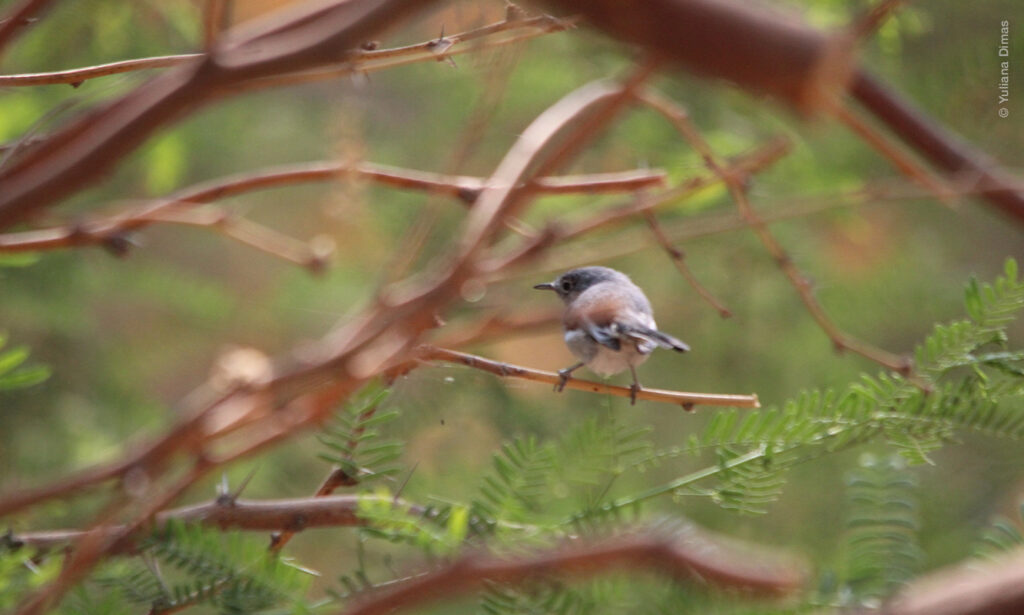The Colorado River is born in the Rocky Mountains in the United States and runs 2,300 kilometers to northern Mexico. On the border with Baja California and Sonora, it runs 140 kilometers to the Gulf of California. And it is, perhaps, one of the most emblematic and important transborder rivers in the world.
“Rivers are like the arteries of the planet, through their waters they carry nutrients, food for our communities, they are indispensable for plants and animals; they define our landscapes and support life. And they are critically important for economies,” explained Miguel Ángel Vargas, Water and Wetlands Conservation Program Director, to kick-off Get Natural with the Colorado River Delta. During the last 20 years, we have worked on the restoration of the Colorado River Delta, and recently our Water and Wetlands Conservation team shared their experiences, achievements, and activities in each of the projects they coordinate.
Diplomacy and Binational Agreements in the Restoration Framework of the Colorado River Delta
Gabriela Calocal Michel, Water and Wetlands Conservation Program Coordinator, told us about the instruments of diplomacy between Mexico and the United States, the public policies in the binational context that extend commitments for the environment — restoration, monitoring and science, and water allocations — based on intersectoral efforts, an international treaty, and updates to it with Acts 306, 317, 319, and 323.
Participants include partners from three levels of government, foundations, civil society organizations, academia, and the Revive the River Alliance, of which we are part. All of this is in a binational context, since we have a shared basin.
Community Engagement Program in the Colorado River Delta
How is the community involved in restoring the river? Yuliana Dimas, Community Engagement Coordinator, spoke with us about the activities carried out from 2019 to 2020. These activities include environmental education workshops; the Colorado River Delta Urban Bird Program, which was recently formalized with CONABIO (National Commission for the Knowledge and Use of Biodiversity); citizen science initiatives in which we participate, such as Bio Blitz on the border or October Big Day; and the Reforest San Luis campaign, through which reforestation activities are promoted and, together with the Pronatura Restoration Brigade, have made possible the planting of more than 100,000 native trees in the Miguel Alemán Restoration Site. She highlighted that the citizens of San Luis Río Colorado have adopted the project, just as the residents of Mexicali and the surrounding rural communities have joined the activities at the Miguel Alemán restoration site.
Progress at the Miguel Alemán Restoration Site
Regarding the work in the Miguel Alemán Restoration Site since 2006, Alberto Ruíz Ortega, Restoration Coordinator, said that given the importance of the region, efforts are focused on generating new habitat areas to benefit wildlife. Three types of restoration have been identified: riparian, mesquite forest, and high terrace.
“Currently the Miguel Alemán Restoration Site has 135 hectares restored, of which 14 correspond to riparian habitat, 64 to mesquite forest, and 57 to high terrace habitat. Miguel Alemán is projected to reach the goal of 170 reforested hectares,” pointed out Ruíz Ortega.
This project is a recreational space for families, a source of employment for communities of the city and valley, the most important lung for the cities in the border region, and it is one of the most important projects along the Colorado River for preserving wildlife.
Status and Conservation of Birds in the Colorado River Delta
Alejandra Calvo Fonseca and Steffany Villagómez Palma from the Biological Monitoring Program spoke with us about the aspect of research and knowledge production done through biological monitoring. Through monitoring, they have identified 370 species of birds and have quantified up to 200,000 shorebirds and 60,000 specimens of ducks and geese.
Using the methodology of different monitoring protocols, they evaluate the restoration sites, riparian corridor, and wetlands, “We have selected 15 indicator species of the health of the sites, among these the verdin, curve-billed thrasher, ash-throated flycatcher, and grey-crowned yellowthroat,” said Alejandra Calvo.
Steffany Villagómez explained the three monitoring protocols used in the Miguel Alemán Restoration Site and their findings. “The results we have obtained so far have been positive, as a general conclusion from the monitoring we have seen bird biodiversity has been increasing since 2013 at a higher rate in the restoration sites. The long-term monitoring programs provide very valuable information about the changes in bird populations and, well, are an essential tool in conservation efforts,” she said.
If you want to know first-hand about the achievements from more than 20 years of work in diplomacy and binational agreements, restoration, community engagement, and biological monitoring conducted in the restoration initiative we developed in the Colorado River, we invite you to view the meeting at Facebook.













